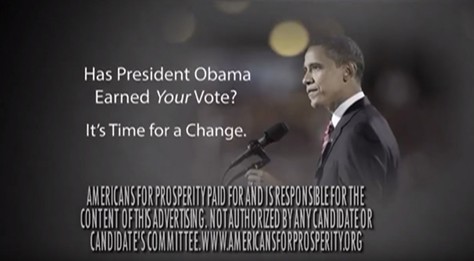New research from the UBC Sauder School of Business has found that negative political advertising is effective, especially if it’s coming directly from a candidate or their campaign. Meanwhile, positive advertising, or ads from organizations such as Political Action Committees (PACs), is far less effective.
In this Q&A, Yanwen Wang, study co-author and assistant professor at UBC Sauder, explains how the study—the first of its kind—was carried out and why the findings are important.
Why did you want to study political ads?
With the millions of dollars being spent on advertising in the lead up to midterm and presidential elections, we wanted to try to understand the role that advertising plays in the outcomes, especially when it comes to PACs, because that is where the vast majority of the advertising spend is coming from.
How did you conduct the study?
We examined political advertising and its impact on the share of the vote during the 2010 U.S. midterm election and 2012 U.S. presidential election campaign. Our focus was on advertising across the borders of designated marketing areas (DMAs), a term used by marketers to define marketing areas by town, city or major metropolitan area.
People within the same electoral area that live on different sides of a DMA border are fairly similar, but they get selected into different exposure levels of political advertising. For example, you and I could live across a road from each other but we belong to different media markets, and we would get exposed to totally different TV advertising.
What did you find?
The key finding was that advertising dollars spent by PACs were much less effective compared to advertising by the candidates, and negative ads performed very well.
We looked at vote share and turnout rates. We found candidates’ own advertising is effective in lifting the vote share as well as mobilizing turnout. In fact, negative advertising from candidates was approximately twice as effective as advertising sponsored by PACs. PAC advertising was only slightly effective in affecting vote shares, and not effective at all in mobilizing turnout rates.
Why do you think PAC advertising is less effective?
We believe it is due to differences in source credibility across the various ad sponsors. Basically, advertising by PACs may lack credibility in the eyes of audiences. You would expect that, given the amount of money they were spending, that PAC ads would be more polished and professionally produced, but based on my experience, this was definitely not the case. And while the tone of candidate’s ads were usually very professional, the PACs ads came off as funny, aggressive, or a bit illogical.
The study was co-authored by Yanwen Wang at UBC Sauder, Michael Lewis of Emory University, and David A. Schweidel of Emory University.



